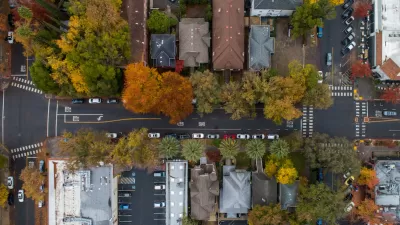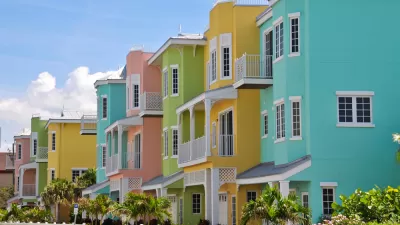Despite its economic dynamism, Mumbai is known for a lack of adequate housing. Citywide increases to maximum Floor Space Indices (i.e., Floor Area Ratios) will increase living space per resident, provided the right redevelopment takes place.

People from all over India want to live in Mumbai, with its plentiful economic opportunities and vibrant urban culture. Matthew Yglesias reports on an urban policy change that might help them migrate without settling in slums.
Since long before Mumbai became a sprawling metropolis of 12 million people, local policies limited development to a maximum of 1.33 FSI in the central city (1.00 FSI in outlying suburbs). Equivalent to American floor area ratio (FAR), FSI measures built floor space against total lot size. There is a proposal in place to raise FSI to as high as eight in some districts.
Substantial increases to allowed FSI will spur denser construction in lower-income areas, reducing the need for unregulated slum and shantytown development. The article speculates on the possibility of similar initiatives in other Indian cities to accommodate migrants. However, slum redevelopment always runs the risk of disrupting the urban fabric and the lives of residents.
FULL STORY: The most important urban policy story in the world is happening in India

Trump Administration Could Effectively End Housing Voucher Program
Federal officials are eyeing major cuts to the Section 8 program that helps millions of low-income households pay rent.

Planetizen Federal Action Tracker
A weekly monitor of how Trump’s orders and actions are impacting planners and planning in America.

Ken Jennings Launches Transit Web Series
The Jeopardy champ wants you to ride public transit.

USDOT Waters Down Self-Driving Car Regulations
The agency is reducing reporting requirements for autonomous vehicles and cars with self-driving features, prompting concern among safety advocates who say transparency is essential to the safe deployment of AV technology.

‘Minnesota Nice’ Isn’t so Nice When You Can’t Find a Place to Live
The Economic Development and Housing Challenge Program can help address the scourge of homelessness among Indigenous people.

NYC Open Streets Organizers Call for City Support
The number of open streets projects has dropped year after year as volunteer groups struggle to fund and staff them.
Urban Design for Planners 1: Software Tools
This six-course series explores essential urban design concepts using open source software and equips planners with the tools they need to participate fully in the urban design process.
Planning for Universal Design
Learn the tools for implementing Universal Design in planning regulations.
Heyer Gruel & Associates PA
Ada County Highway District
Institute for Housing and Urban Development Studies (IHS)
City of Grandview
Harvard GSD Executive Education
Toledo-Lucas County Plan Commissions
Salt Lake City
NYU Wagner Graduate School of Public Service





























